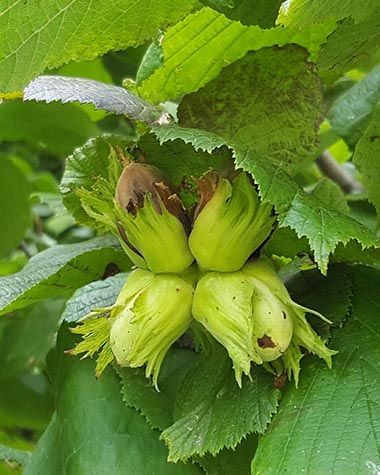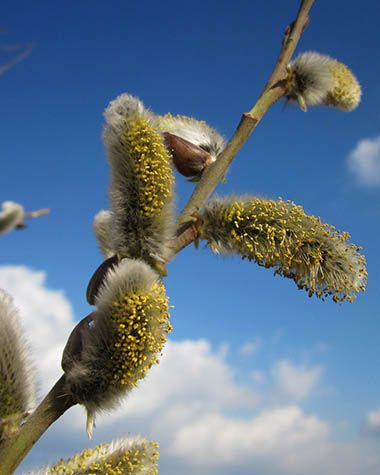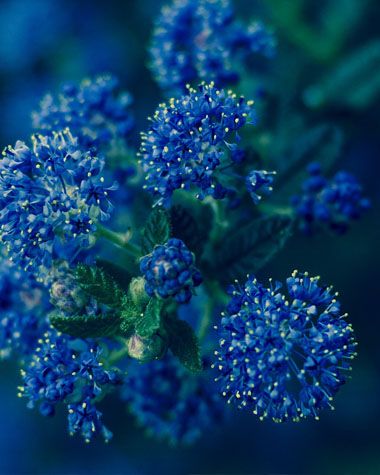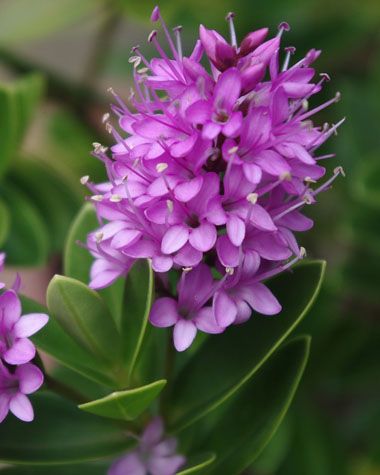Plant trees & shrubs
for wildlife
Why are trees and shrubs important?
Only around 8% of the plants found in UK gardens are trees and just 18% are shrubs. But trees and shrubs are vital for our garden ecosystems, through:
-
Providing food and shelter for a wide range of wildlife in the form of flowers, berries, leaves and woody matter, as well as serving as a structure for nesting.
-
Mitigating climate change effects by absorbing carbon from the atmosphere, reducing air pollution and preserving water sources.
- Producing springtime blossom to provide pollen and nectar for pollinating insect species.
During spring, queen bumblebees emerge from hibernation, solitary mining bees are active and other pollinators such as butterflies are in abundance.
What can you do to help?
Alternatively, a hedgerow can also provide multiple benefits for animals. Take a look at some of our suggestions for trees and shrubs to enhance your Naturespace.
If you have a balcony or small patio instead of a garden, you can plant flowers in pots and other containers. See our action to plant flowers for pollinators.
Buying and maintaining trees and shrubs
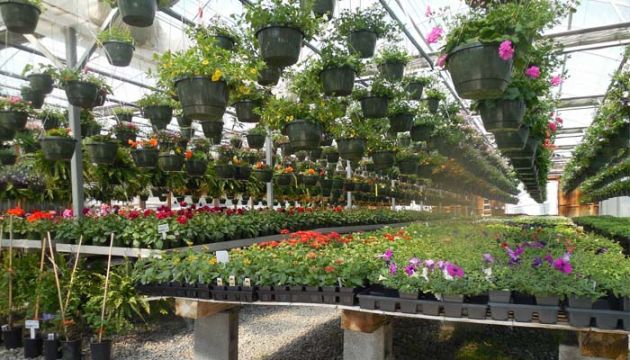
Where can I buy trees and shrubs for my garden?
Trees and shrubs are widely available from garden centres and nurseries. The RHS provides some great guides to help you pick out what’s best for your green space and lifestyle:
Plants can also be purchased by mail order. Just always try to ensure that you order UK-grown plants to reduce the risk of introducing pests, as well as minimising your carbon footprint.
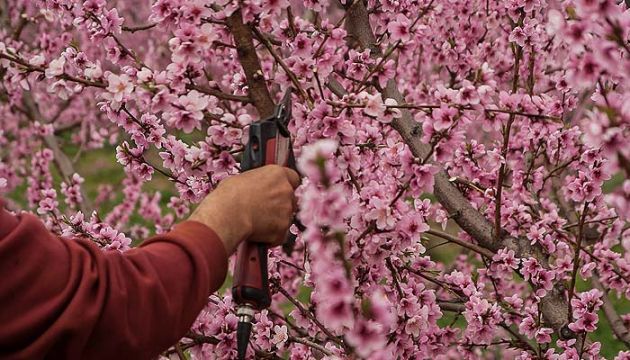
How do I maintain my trees and shrubs?
Occasionally trees and shrubs require pruning to restrict their size or promote fruiting. Further advice on tree pruning, shrub pruning and hedge trimming can all be found on the RHS website.
There are also some fantastic guides on how to create a haven for bumblebees:
- BeeWatch: Planting for Pollinators - an interactive tool that helps you explore the plants favoured by different bumblebee species.
- Bumblebee Conservation Trust (BBCT) - advice on bee-friendly planting.
- Buglife – a guide to managing urban areas for pollinators.
Don't forget to record your trees and shrubs for wildlife within your Naturespace profile, so we know what you have done!
Trees for wildlife
Take a look at some of the common trees that you can plant in your garden to provide food and shelter for wildlife.
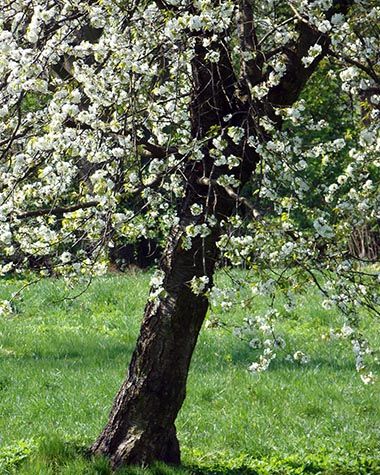
Apple
Apple trees are great source of food for bees, including the early bumblebee. All varieties of apple tree are good for pollinators, especially crab apples which produce lots of flowers.
Many mammals and birds, such as thrushes, feast on the fruit either directly from the tree or fallen fruit on the ground.
Dense apple trees also provide nesting spots for blackbirds.
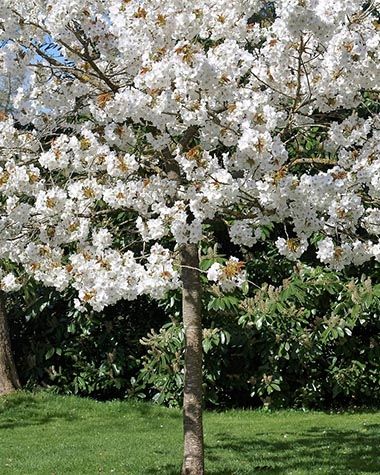
Cherry
Cherry trees are particularly great for bees, butterflies and moths.
The blossom appears in the spring, attracting many pollinators ahead of its summer fruit. The fruits are also consumed by a variety of bird species.
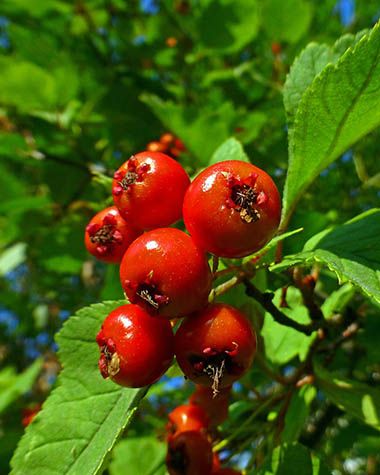
Hawthorn
Hawthorn trees support a variety of wildlife.
The blossom is visited by the tawny mining bee and the early bumblebee in late spring. It is a very important wildlife tree, as it is a food plant for a vast number of insects (over 300 species). The fruits are eaten by many migrating birds such as fieldfares and thrushes, as well as small mammals.
The dense thorny foliage also creates fantastic nesting shelter for many bird species.
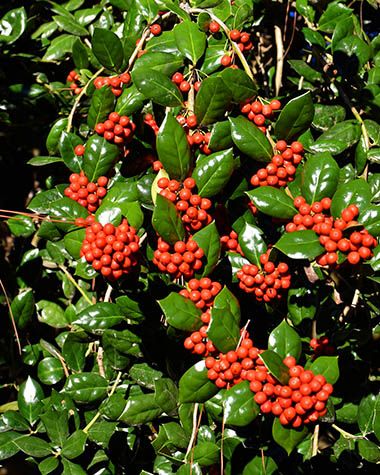
Holly
Holly trees are fantastic for pollinators and birds.
The flowers are an ideal pollen source for pollinators and the leaves provide food for the holly blue butterfly. Berries from female holly plants can also serve as a vital winter food source for birds.
Holly is a slow-growing evergreen tree. It is also a dioecious, which means for most varieties of holly, the male and female flowers occur on different trees. Only female holly plants produce berries, but only in the presence of a male plant.
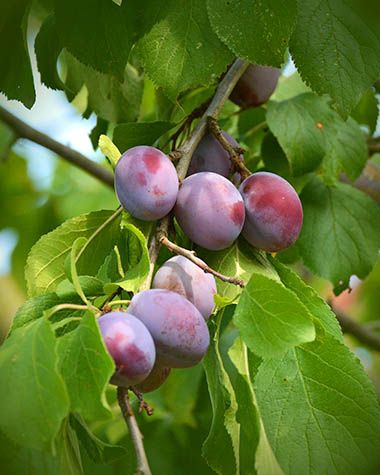
Plum
Plum trees blossom in early spring and are often visited by the tawny mining bee and many species of butterfly. Like many flowering trees, these can be prone to aphids, but this means that they provide a great food source for the two-spot ladybird.
Plum trees usually fruit heavily, with the sugar-rich bounty enjoyed by birds, wasps and late summer butterflies.
Shrubs for wildlife
For a more extensive list of species and practical considerations of planting them in your garden, see the advice on UK native trees and shrubs from the Royal Horticultural Society.
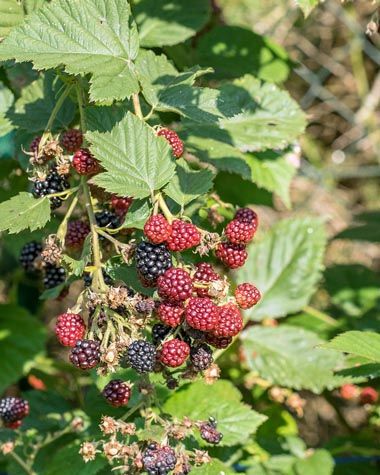
Bramble
Bramble flowers are a great source of pollen for many pollinators including the early bumblebee, and are also visited by many butterfly species. The blackberries provide a great food source for birds and mammals.
Bramble shrubs are dense, providing shelter for many birds and mammals.
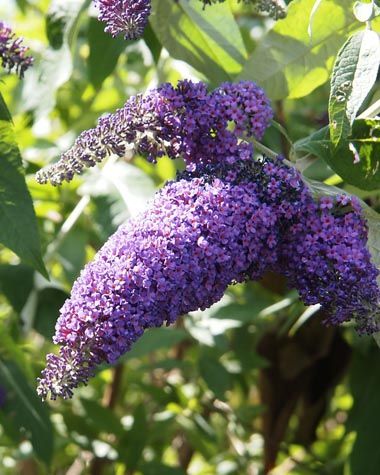
Buddleia
Buddleia is a great nectar source for a wide variety of pollinators including butterflies and many solitary bees. This shrub is additionally important to bumblebees as a late season source of nectar before hibernation.
It is important to note that some types of buddleia can spread and compete with natural vegetation for light, space and nutrients. We advise that you don’t plant buddleia where it won’t be managed. You’ll also need to remove the seed heads after flowering and cut it back during the winter.
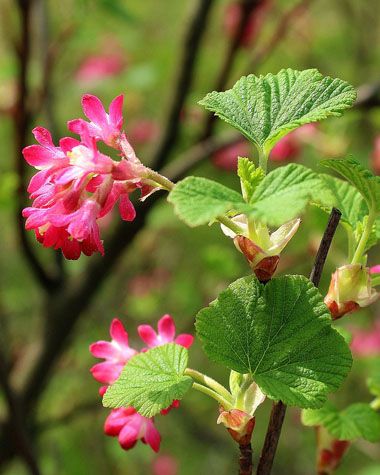
Flowering Currant
The flowering currant shrub is popular with lots of pollinators and often visited by many butterfly species and bumblebees, including the early bumblebee.
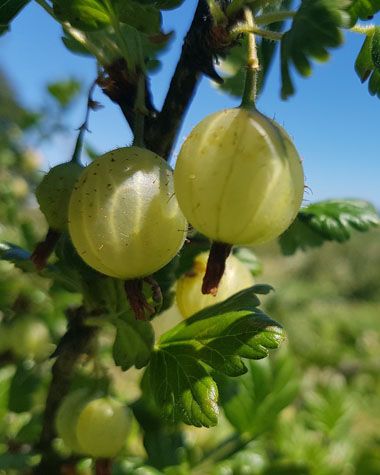
Gooseberry
Gooseberry shrubs are visited regularly by several pollinators including the early bumblebee and tawny mining bee.
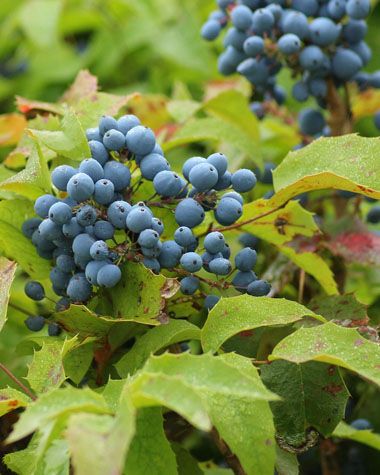
Mahonia
Mahonia shrubs are evergreen, with cheerful masses of bee-friendly flowers throughout winter and berries for birds.
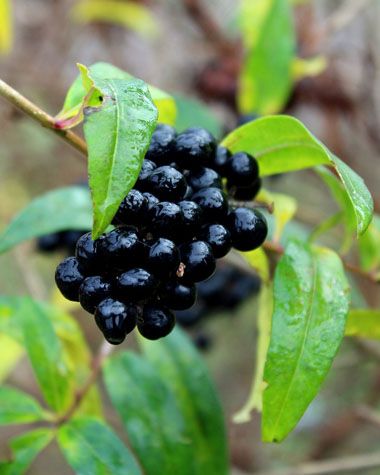
Privet
Privet shrubs are a great source of berries for various bird species, whilst its flowers are popular with the small tortoiseshell butterfly. Caterpillars of the privet hawk moth also feed on the leaves.
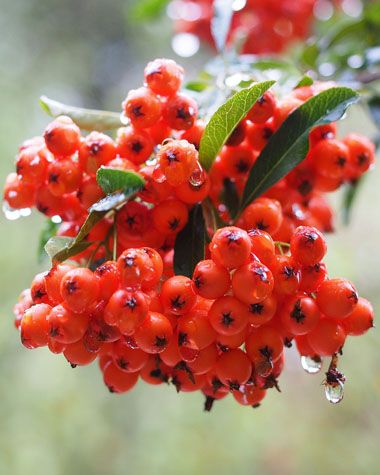
Firethorn
Firethorn shrubs are fantastic for bees and butterflies with their flowers in the late spring and summer. Their bright berries in the autumn and winter attract blackbirds in particular.
This shrub can be grown free-standing, trained against a wall or fence, or can form part of an evergreen hedge.
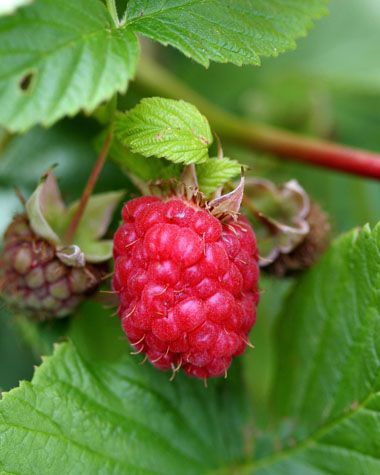
Raspberry
Raspberry shrubs are a popular source of nectar for many pollinators. The flowering and fruiting season can be extended by planting both summer and autumn-fruiting varieties.
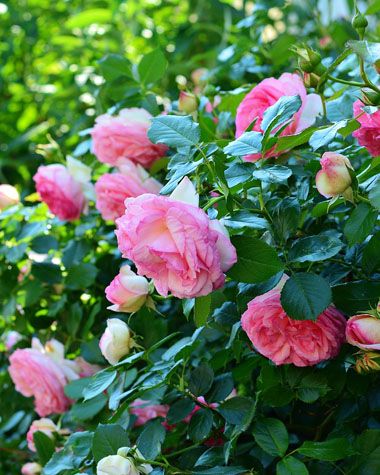
Rose
The single-flowered forms of the prickly Rosa rugosa species in particular, make an excellent hedge or secure boundary.
Rose shrubs provide flowers which are great for bees, while the hips provide mammals and birds, notably finches, with energy in autumn.
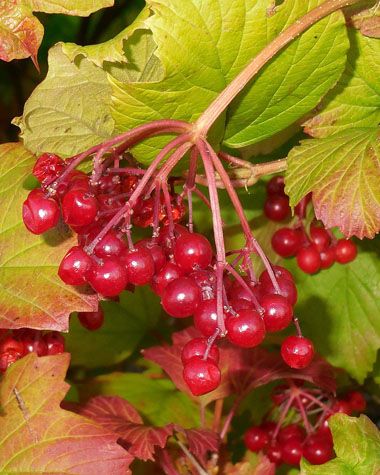
Guelder rose
This is a tall and native deciduous shrub that beams with bright red berries, which are great for birds in the autumn.







